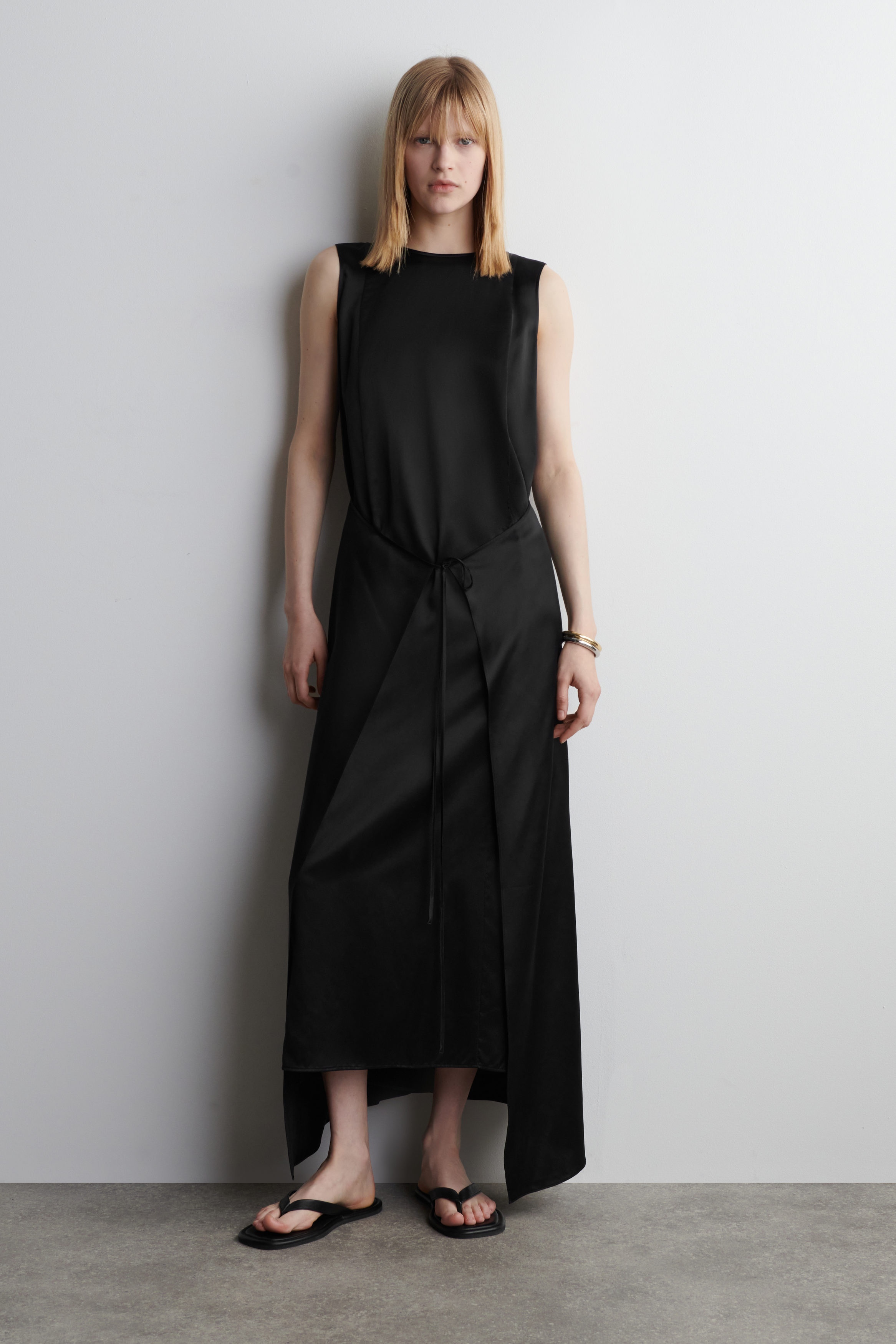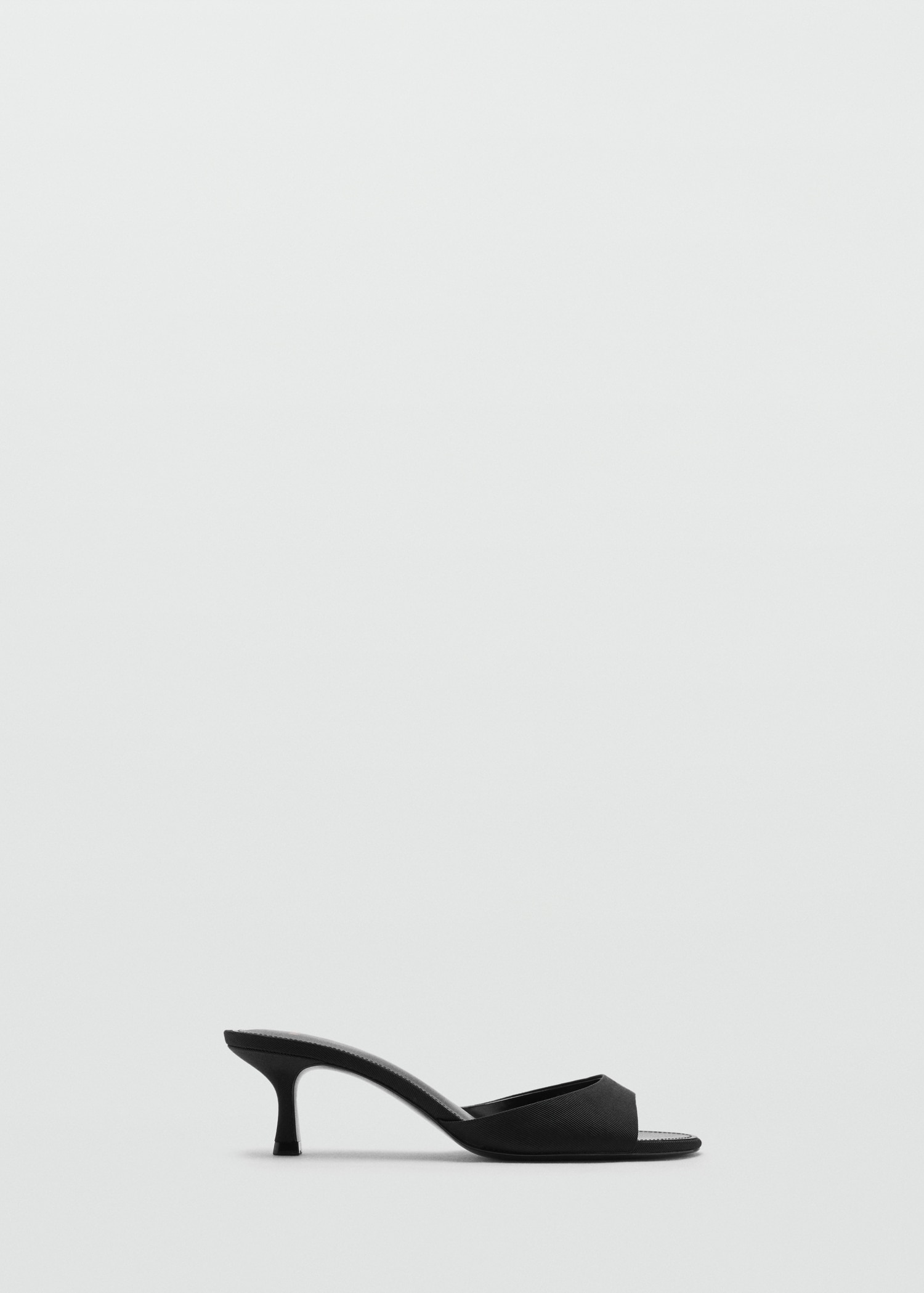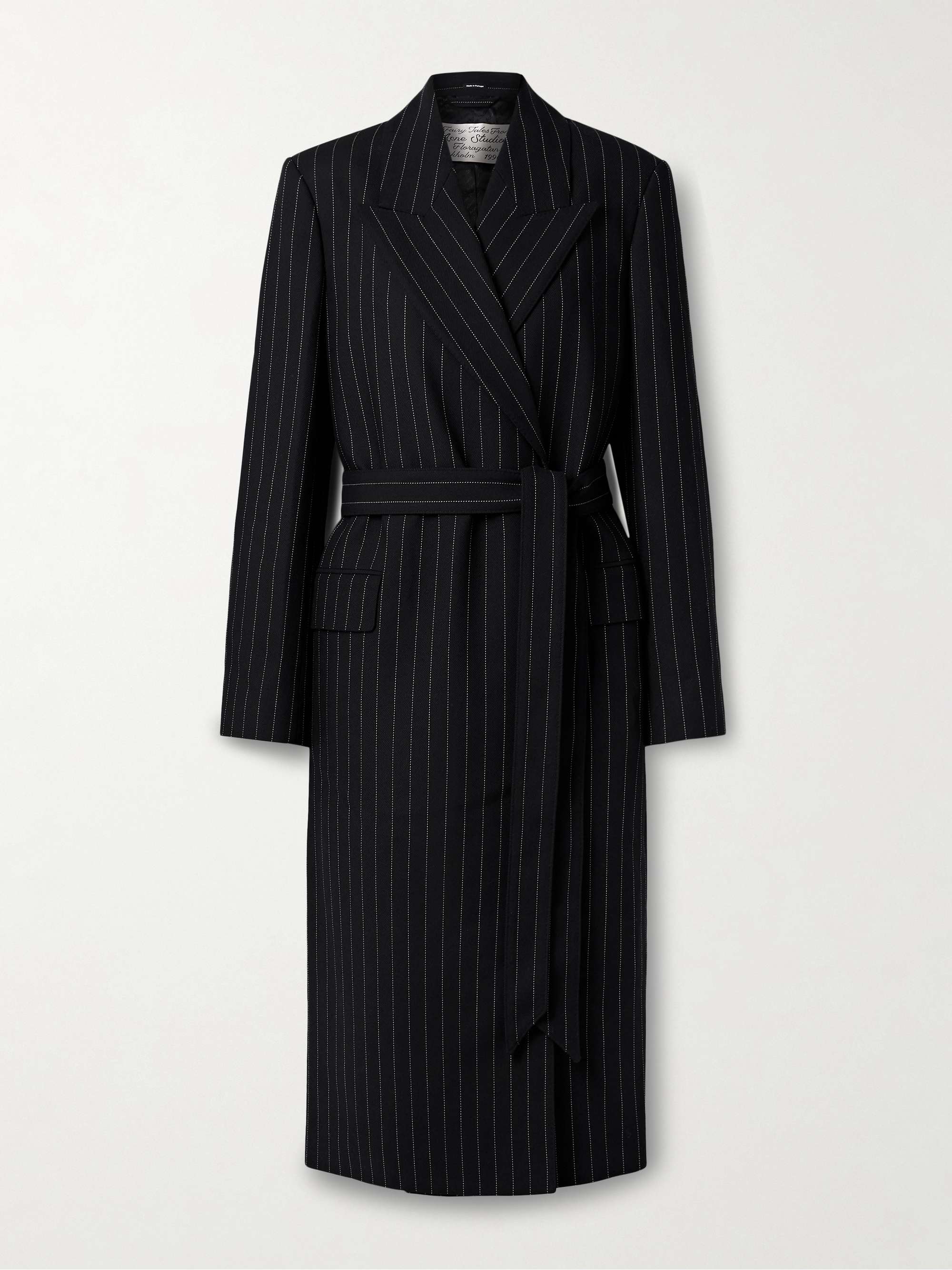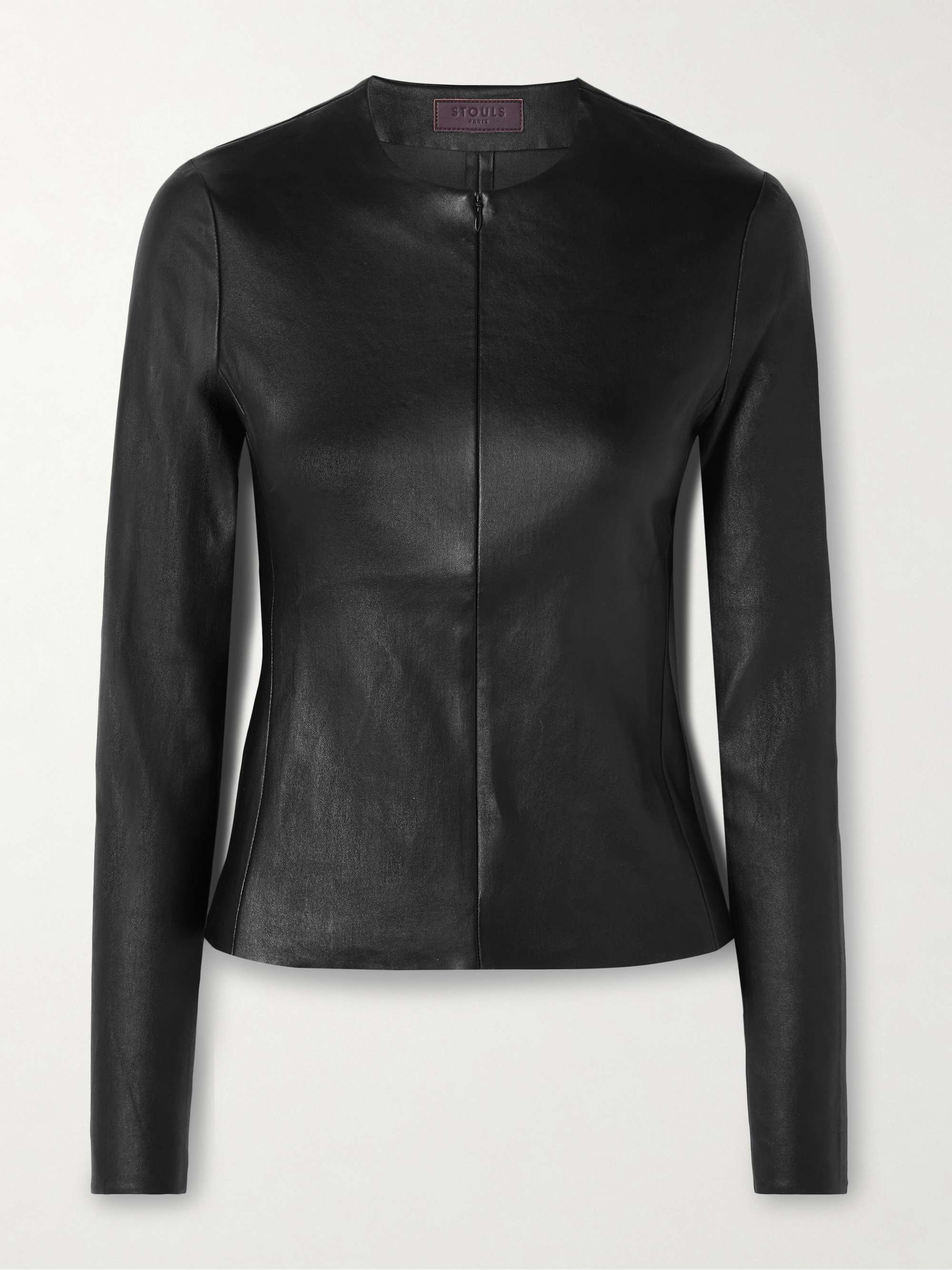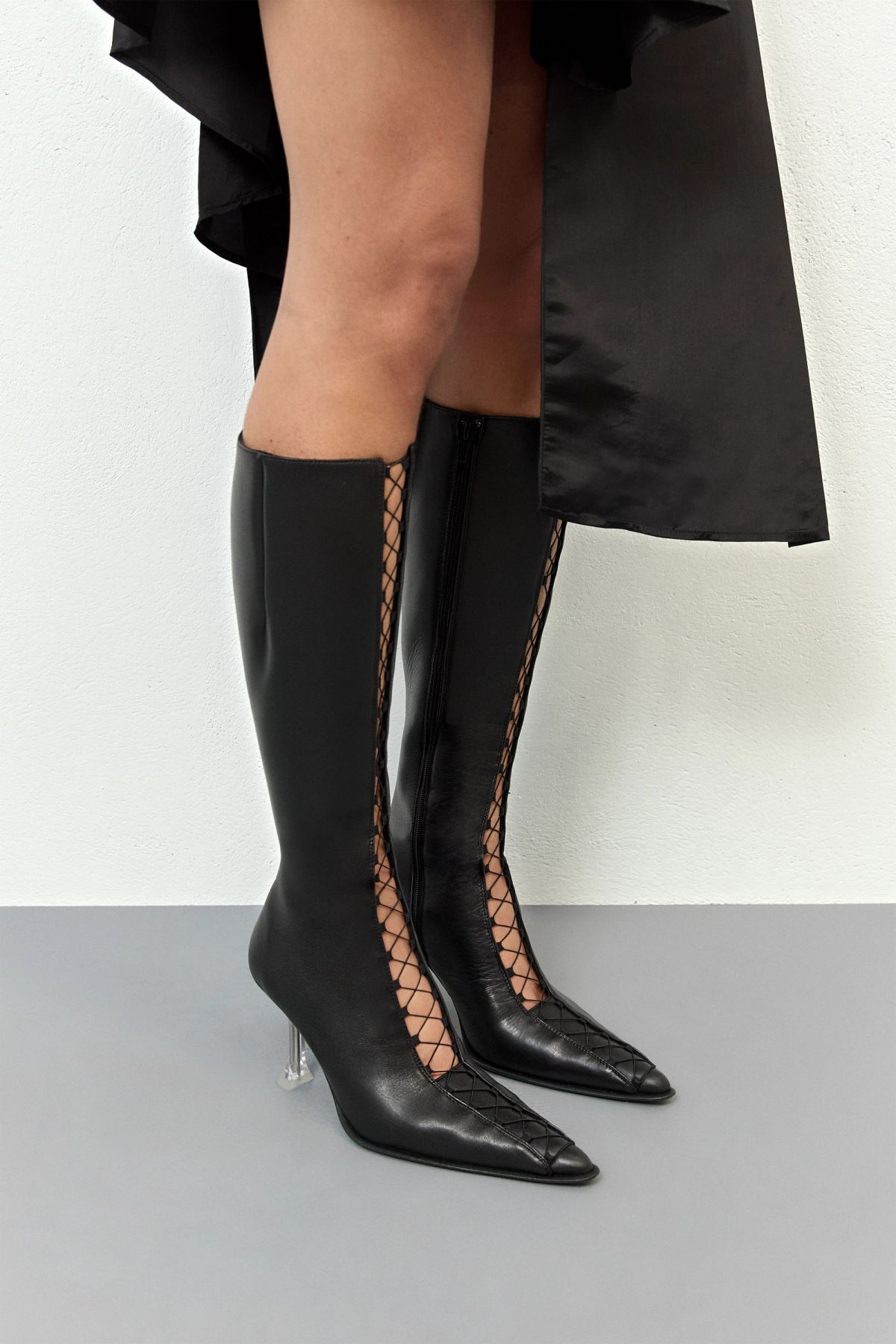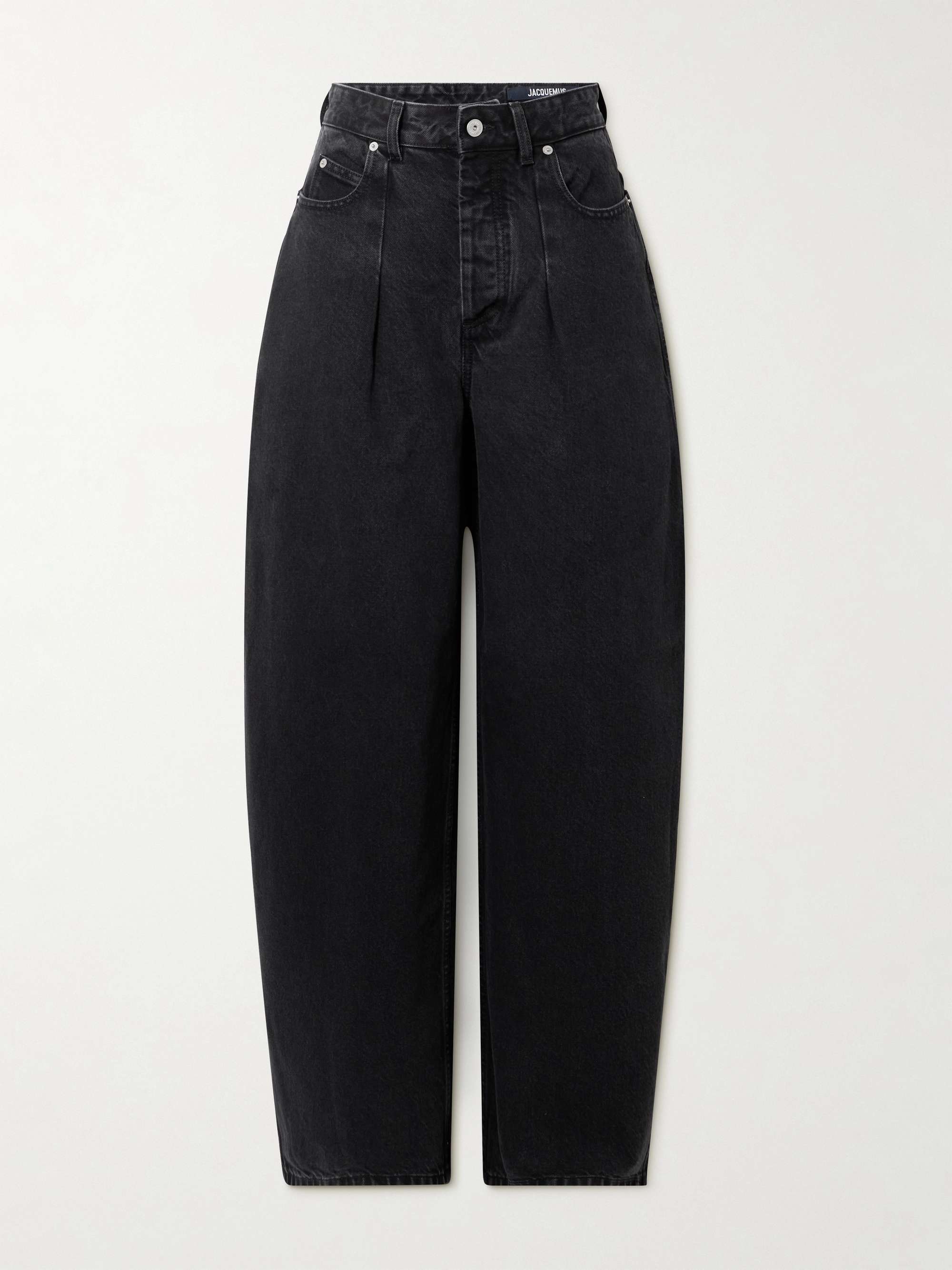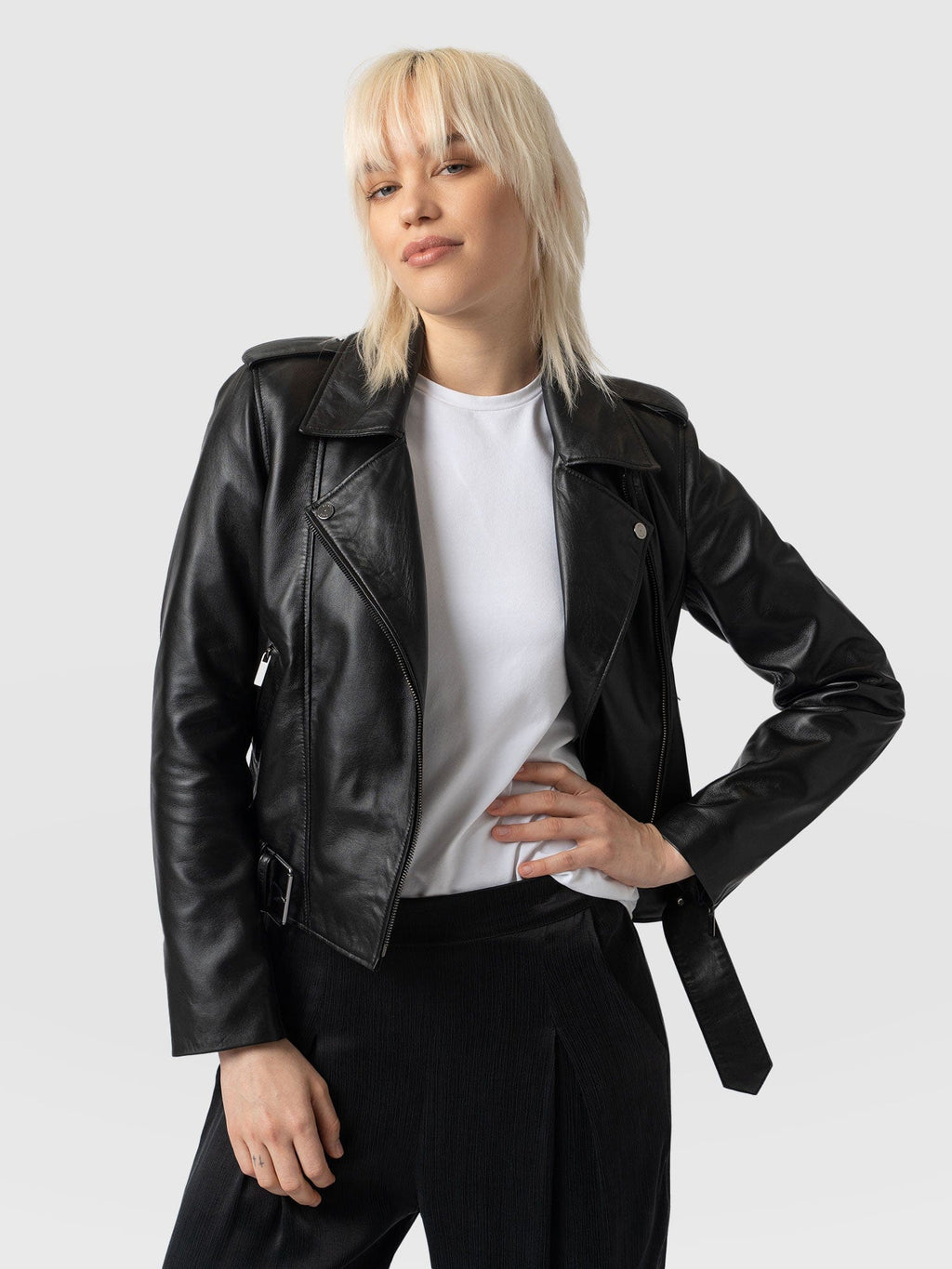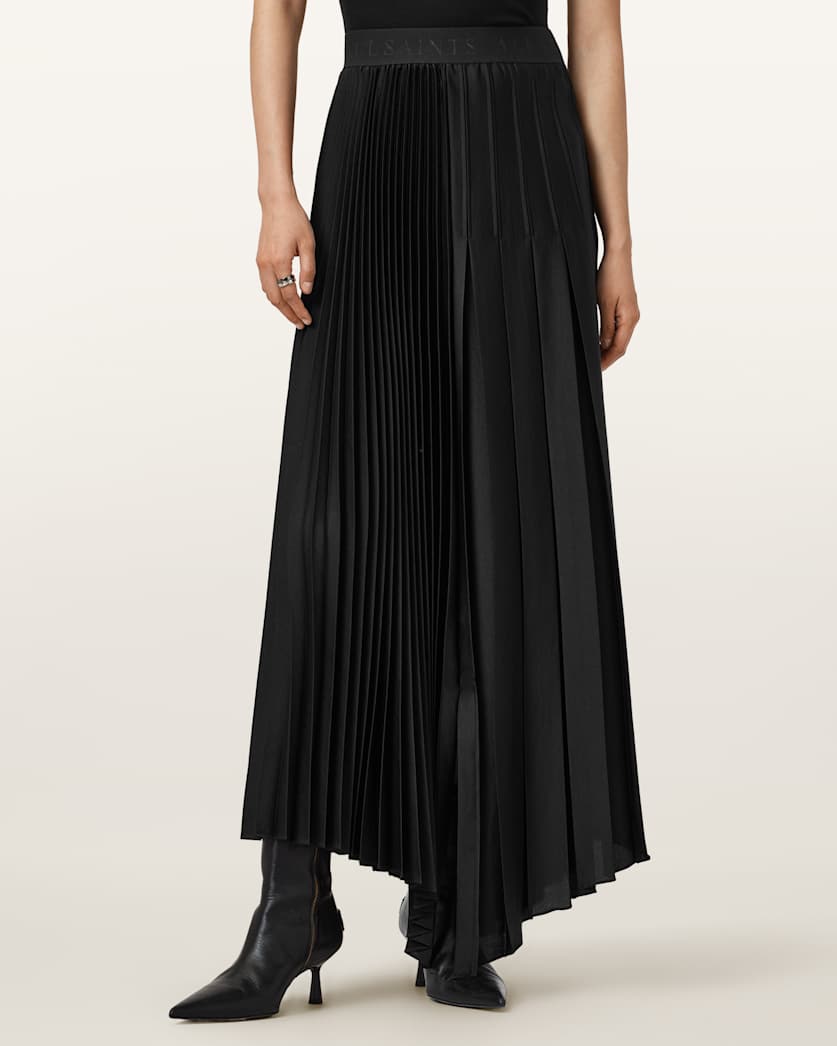Revisiting Angelina Jolie’s Reign as the Original Goth Girl of Summer
Moody glamour, sharp tailoring, unapologetic edge... Angelina Jolie’s ‘90s style wasn’t just iconic, it was prophetic

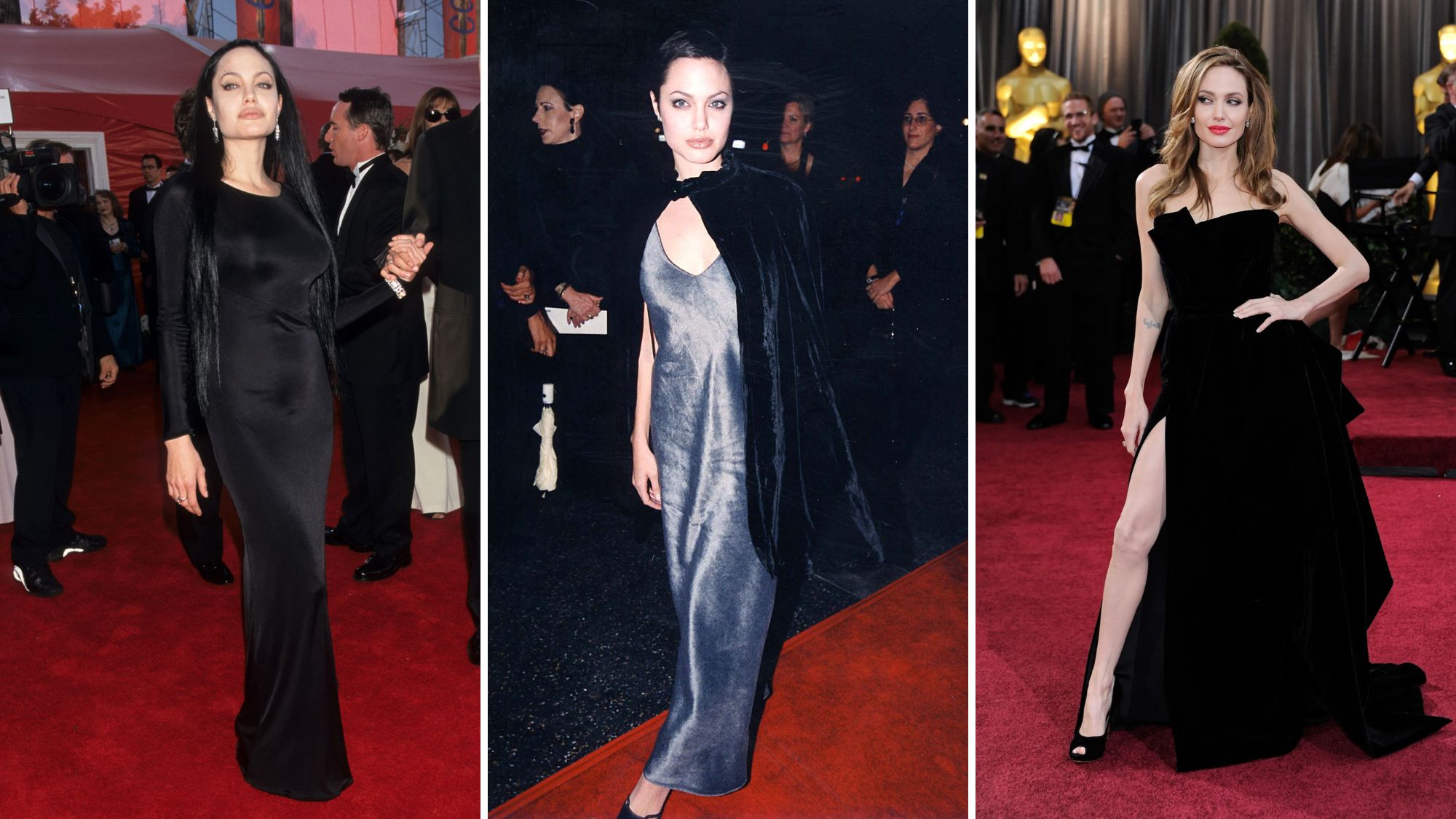
There’s a certain alchemy to Angelina Jolie’s style, a magnetic pull that fuses dark glamour with sultry confidence. And now, as a new coven of LA Goth Girls stalks the streets and Jenna Ortega’s Wednesday Addams returns to screens, it’s time to give credit where it’s due: Angelina Jolie—if not the original, then certainly the Nineties'most iconic macabre muse.
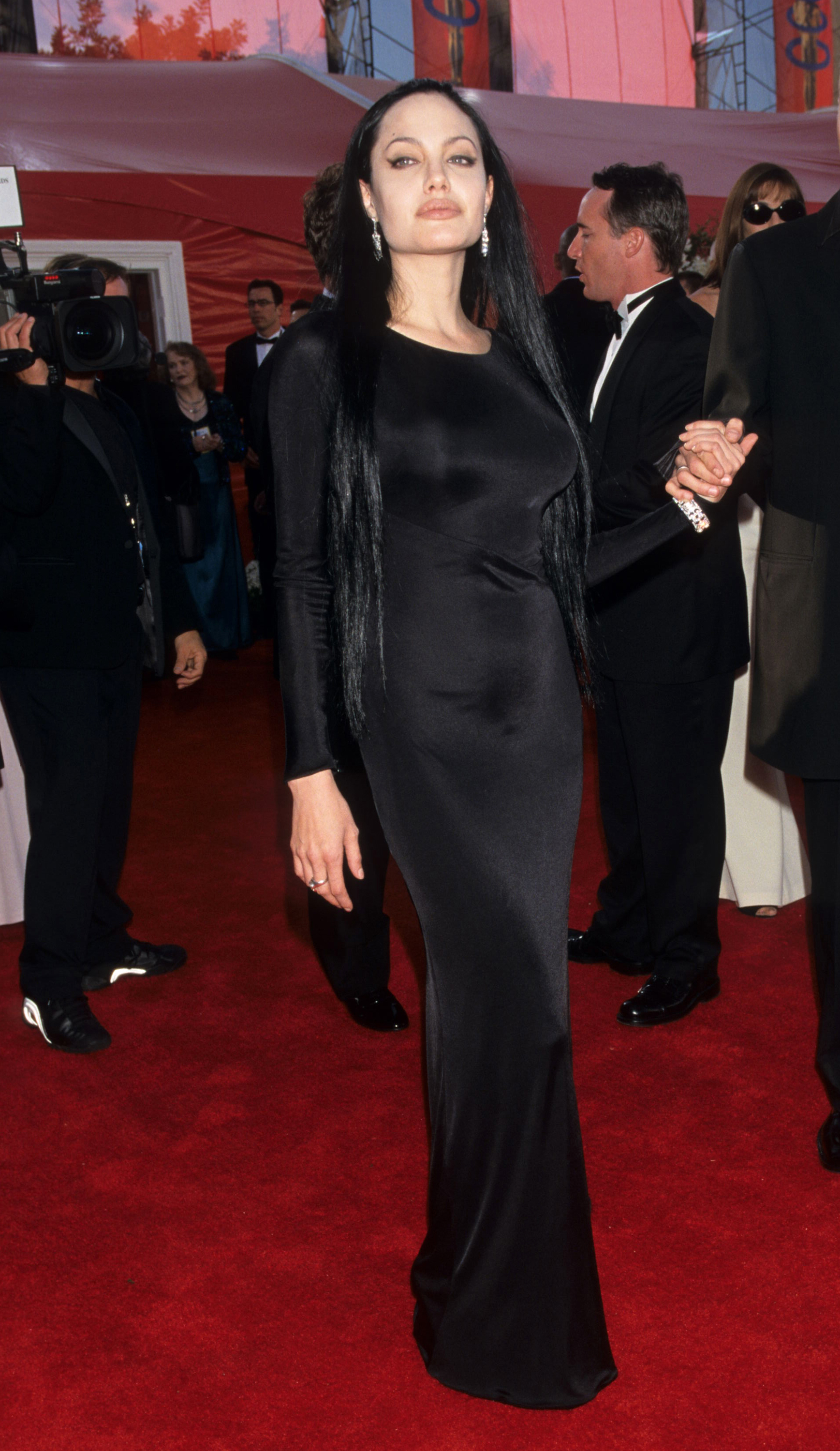
Angelina Jolie at the 72nd Annual Academy Awards
Like much of her legacy—as an UNHCR Special Envoy, she’s led over 60 field missions, advocated for refugees, and co-founded global foundations—Angelina Jolie’s influence on fashion is often underestimated.
That’s because her influence has never been loud or performative. She’s not a trend-chaser; she’s an iconoclast. In an era defined by grunge, her look was dark but not tortured, glamorous but never excessive. Her wardrobe has always been an exercise in restraint. Her ‘90s and early 2000s aesthetic offers a masterclass in making darkness alluring rather than daunting.
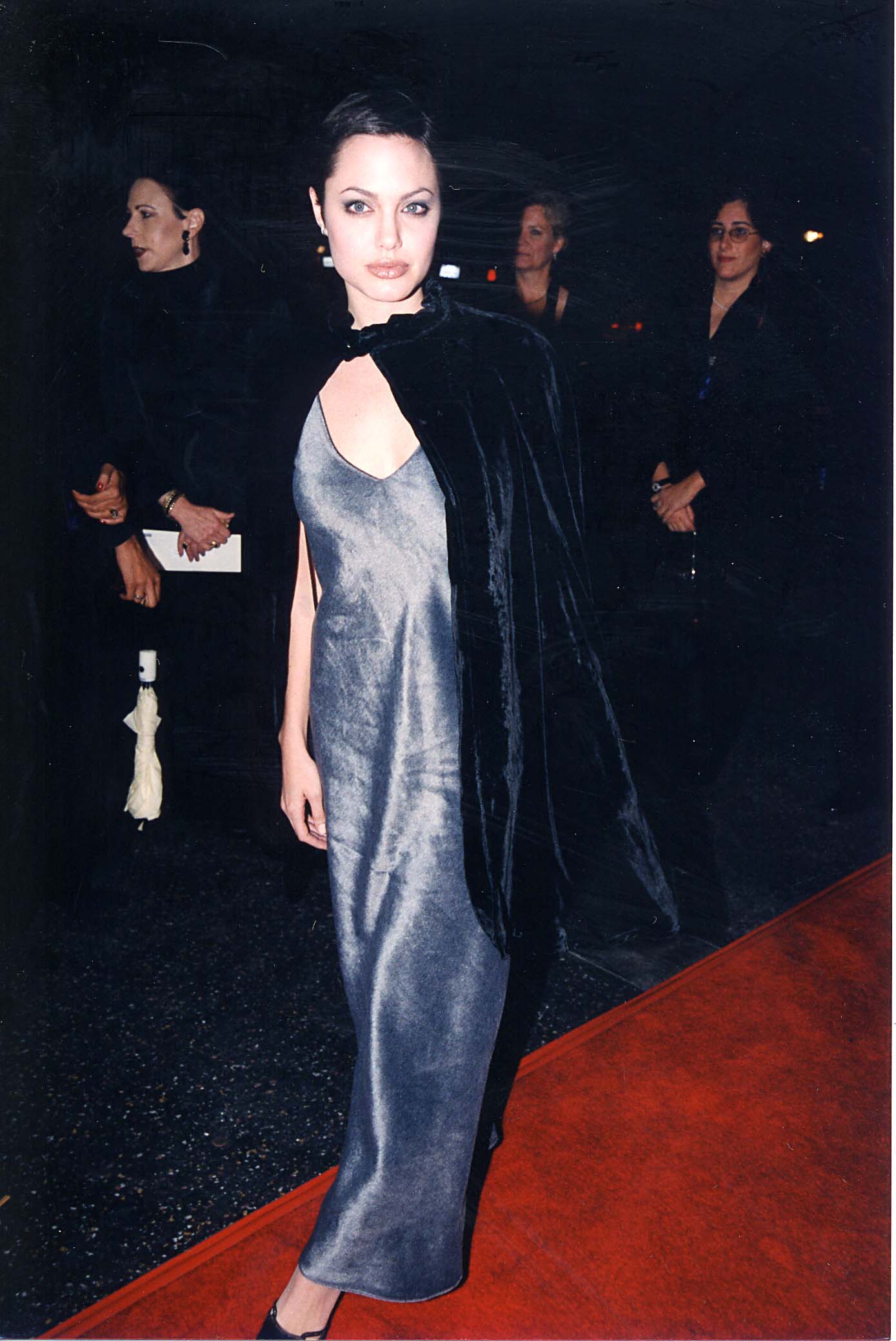
Angelina Jolie at the 1997 Cable ACE Awards
It’s no coincidence then that Jolie’s breakout role had a gothic undercurrent. In the 1999 cult classic Girl, Interrupted, she won the Academy Award for Best Supporting Actress for her intense portrayal of Lisa Rowe, but it’s her character’s look and energy that still echo across Instagram carousels and designer mood-boards today. Throughout the late ‘90s, Jolie’s style, in turn, became an extension of that raw, magnetic energy.
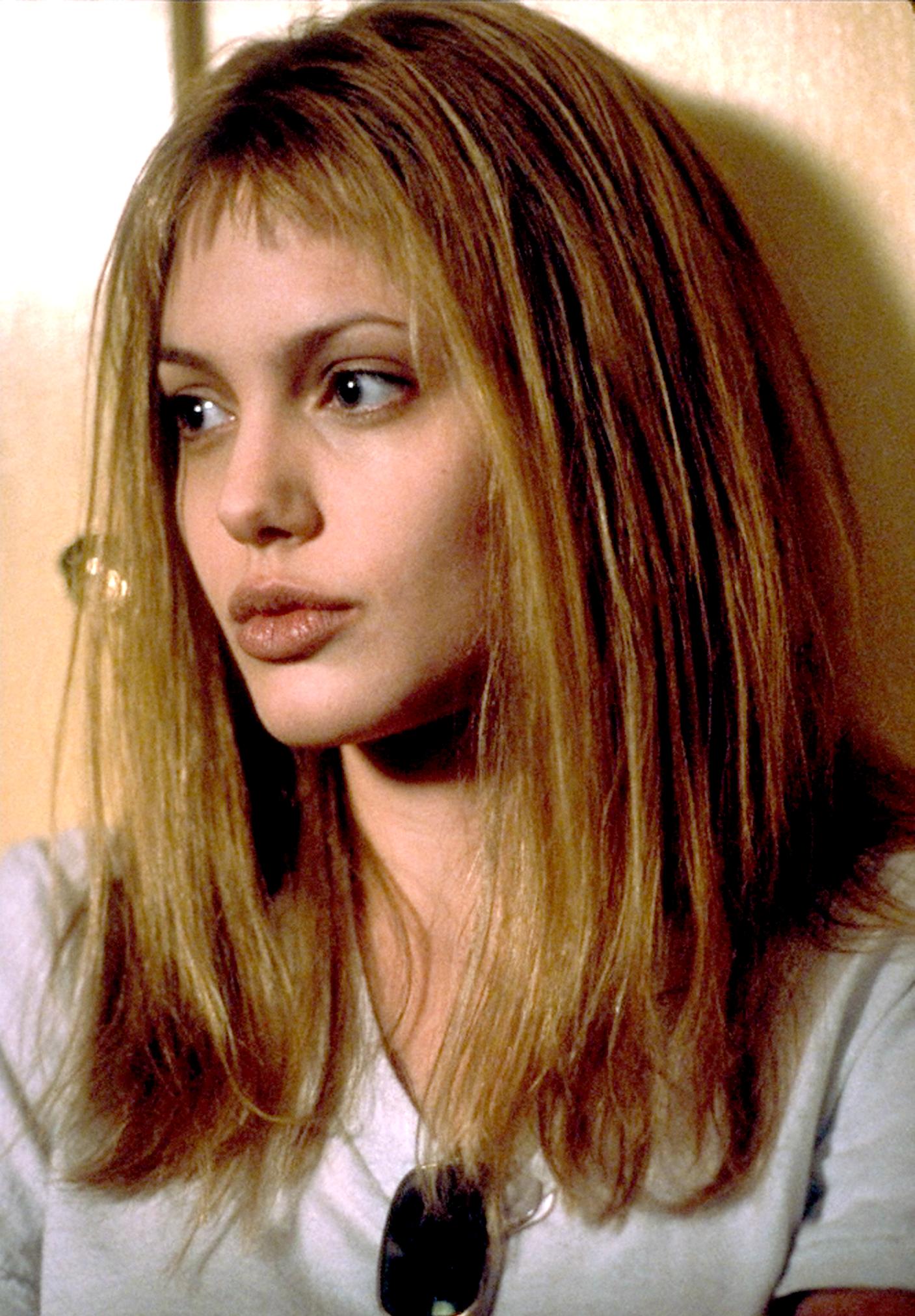
Angelina Jolie as Lisa in "Girl, Interrupted", 1999
By the late Nineties, Hollywood was in the midst of another reinvention. The glossy, ultra-feminine stars of the 80s were being replaced by a new wave of actresses and Angelina Jolie quickly became a poster child for this shift. Her look, too, became a defining aesthetic of a new generation’s darker fantasies as captured in films like Gregg Araki’s The Doom Generation, and the cult classic Thirteen.
Jolie’s androgynous edge—still a rarity in the not-so-distant 90s—paired with sleek silhouettes from Versace and Tom Ford, made her a symbol of both rebellion and sensuality. Like Hollywood femme fatales before, she embraced a cinematic noir aesthetic, often with a certain vampiric mystique, which not only became her signature look, subverted mainstream beauty ideals.
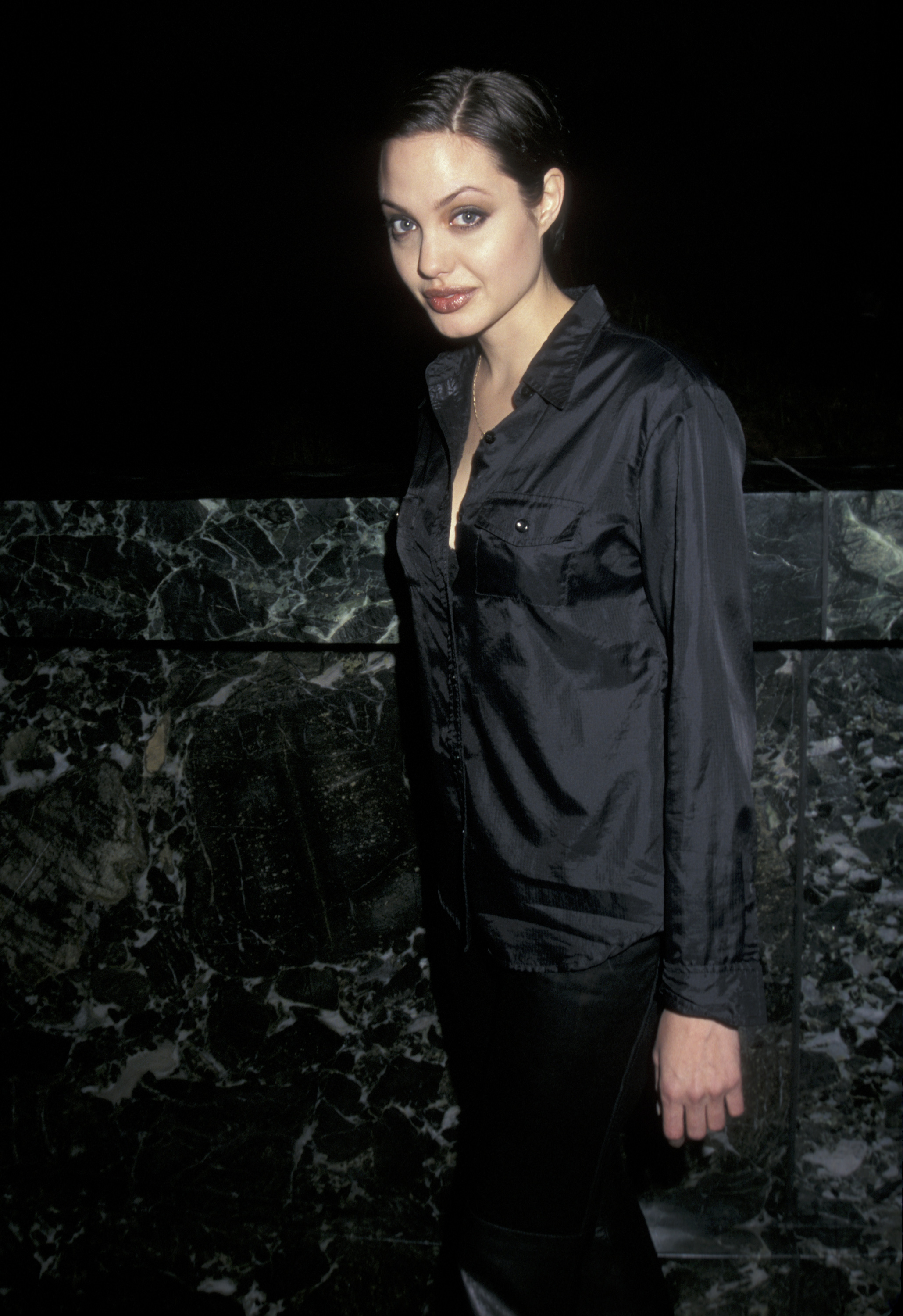
Angelina Jolie at the New York Screening of "Gia"
What set Jolie apart wasn’t just her love of black clothing; it was how she wore it. It’s easy today to forget how boundary-pushing it was for a major star to dabble with androgyny and a punk sensibility—two of Jolie’s defining features. Whether in custom Versace suits, tailored blazers, or graphic tees, she blurred the lines between masculine and feminine in a way that remains effortlessly cool.
Celebrity news, beauty, fashion advice, and fascinating features, delivered straight to your inbox!
Her makeup and hair were equally striking. Dark eyeliner, deep red lips, and mussed-up hair added to her air of rebellious glamour, while her high cheekbones and ethereal features amplified that gothic mystique—offering a kind of sensuality that didn’t rely on softness.
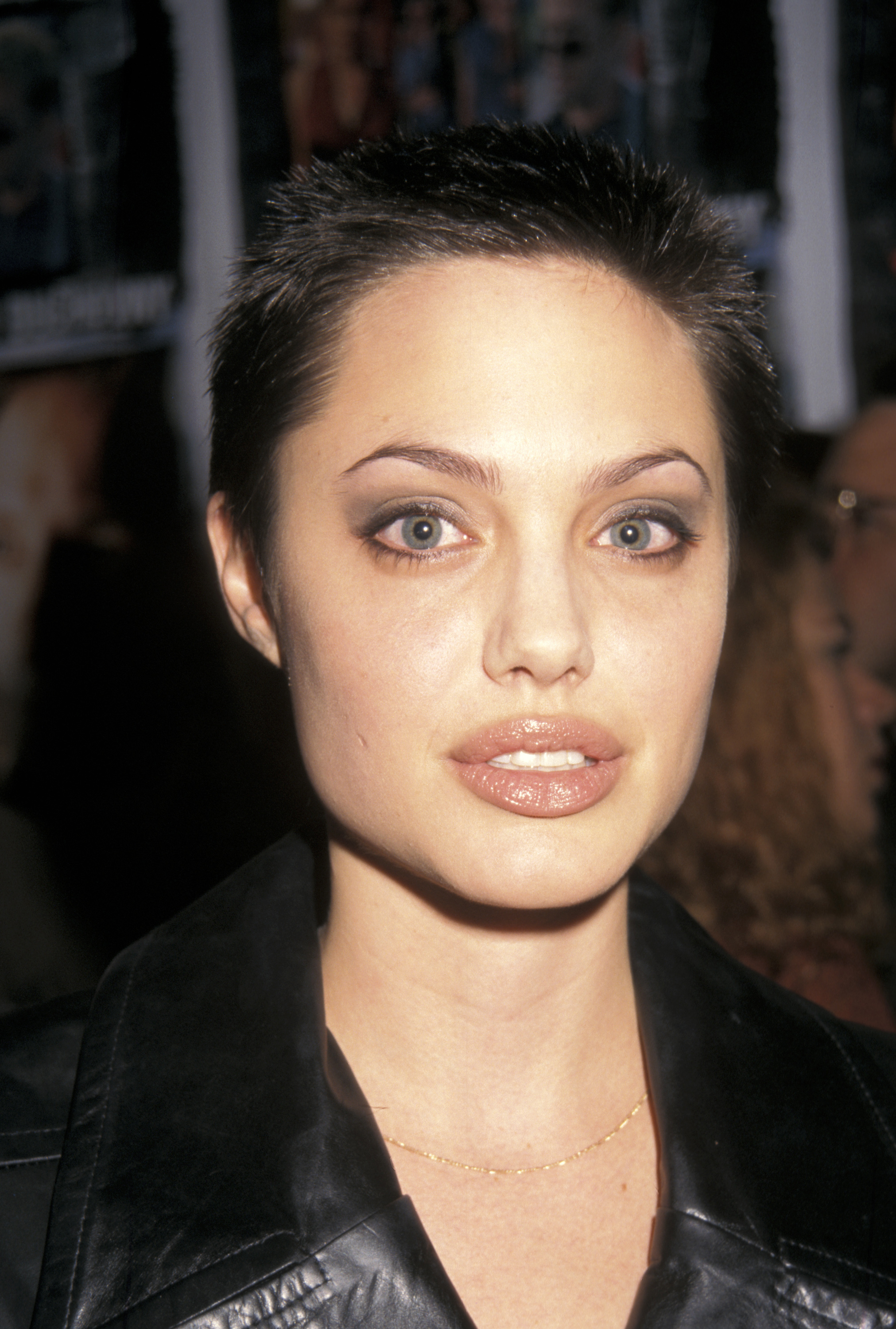
Angelina Jolie at the Premiere of "Playing God", 1997
Today, as Goth Girl Summer emerges as one of the defining aesthetics of 2025, Jolie’s influence is impossible to ignore. The dark, minimalist glamour she pioneered is back, seen in everything from oversized leather coats to lace-up boots and blood-red lipstick.
Angelina Jolie didn’t just wear dark fashion; she made it empowering, laying the groundwork for today’s embrace of gothic chic as a statement of both confidence and individuality.
Angelina Jolie Through The Ages
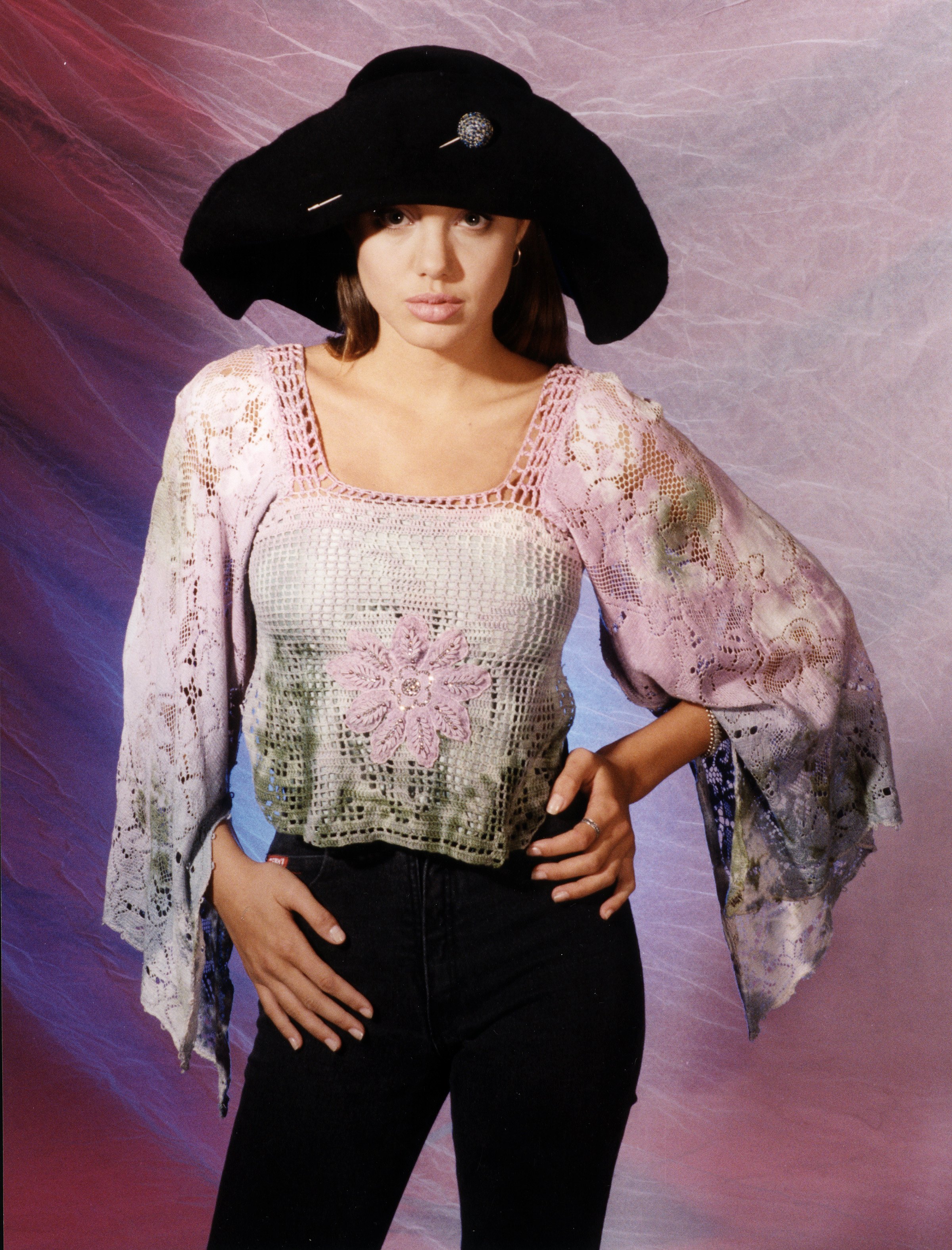
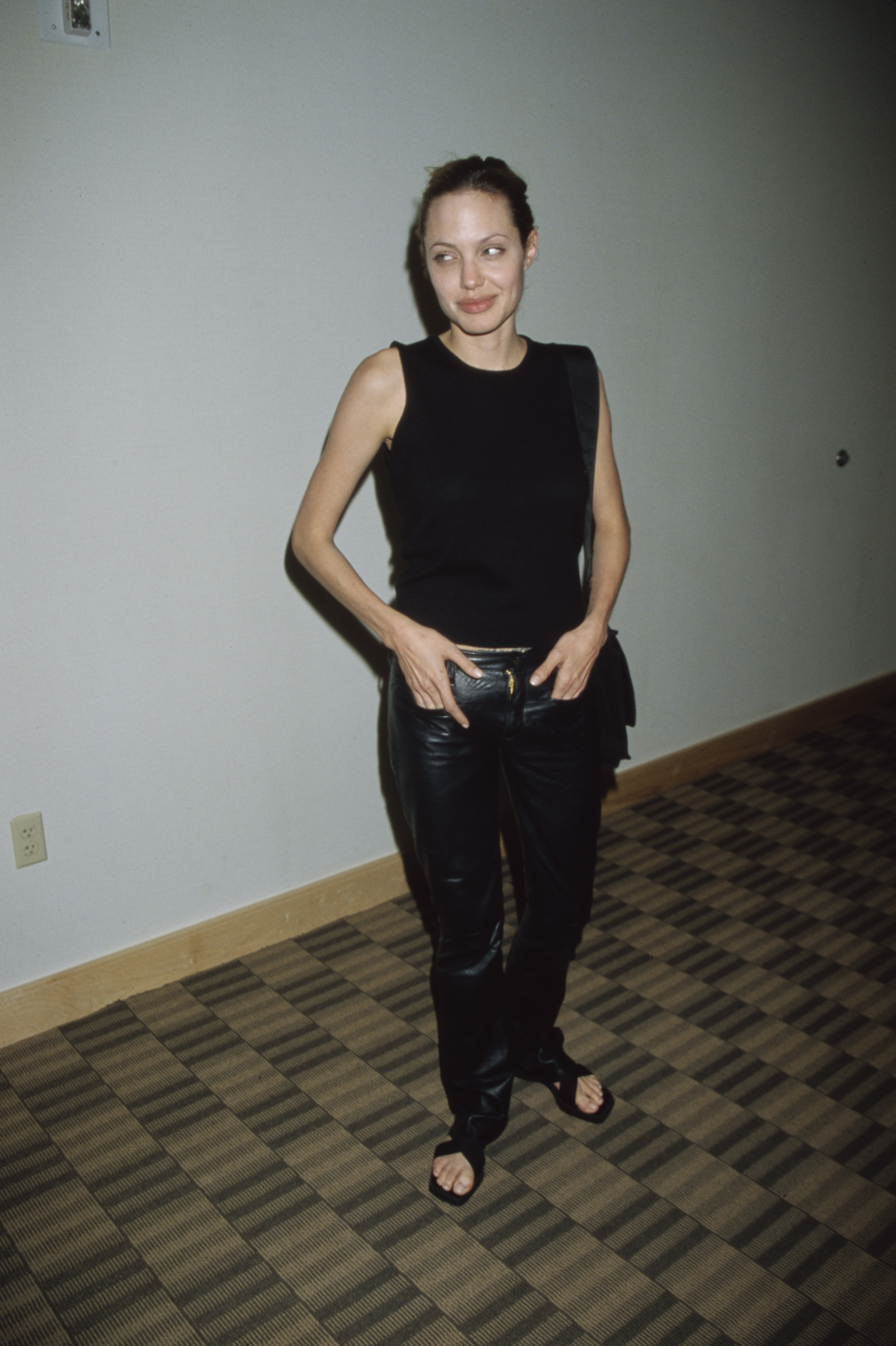
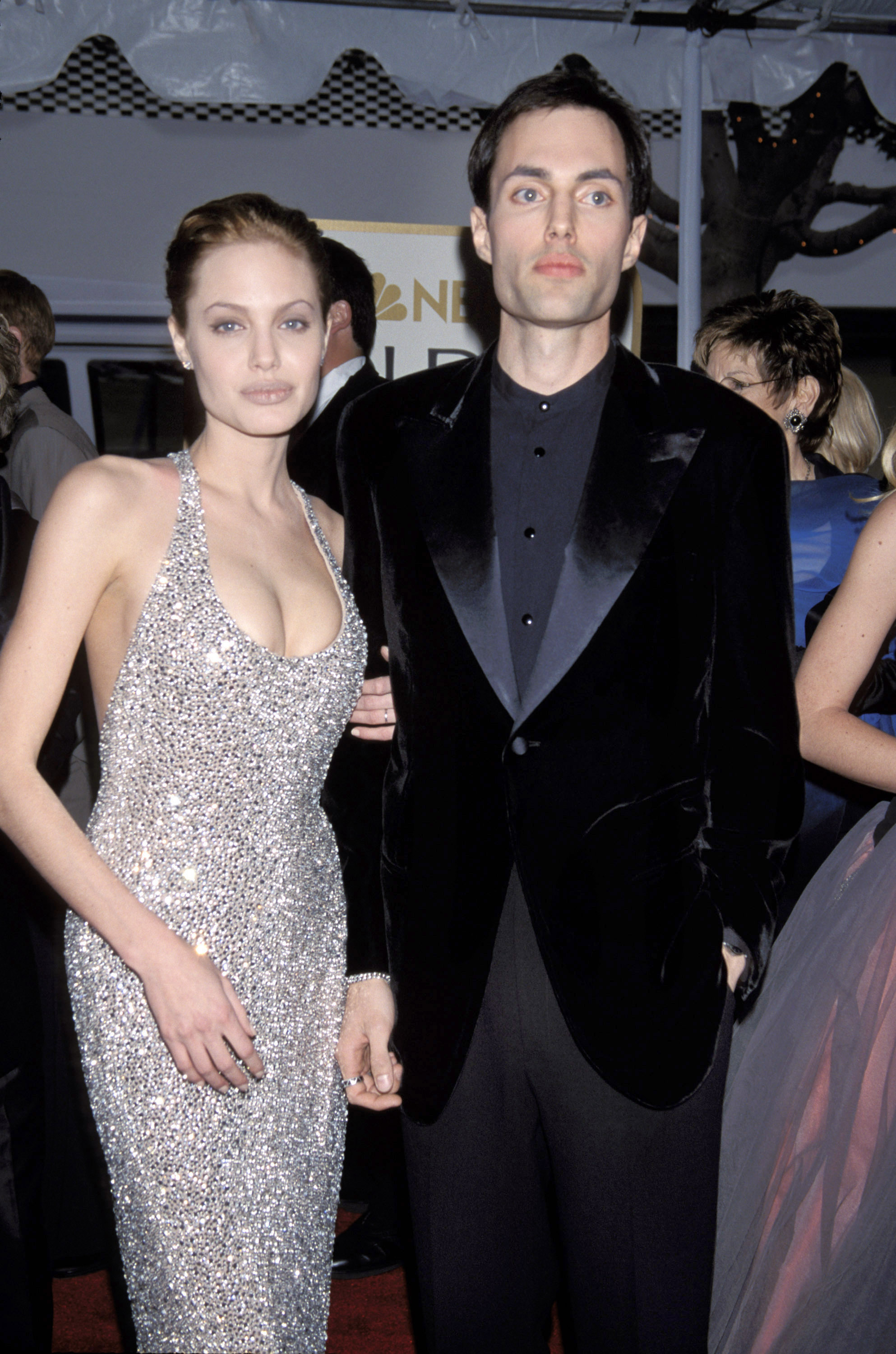
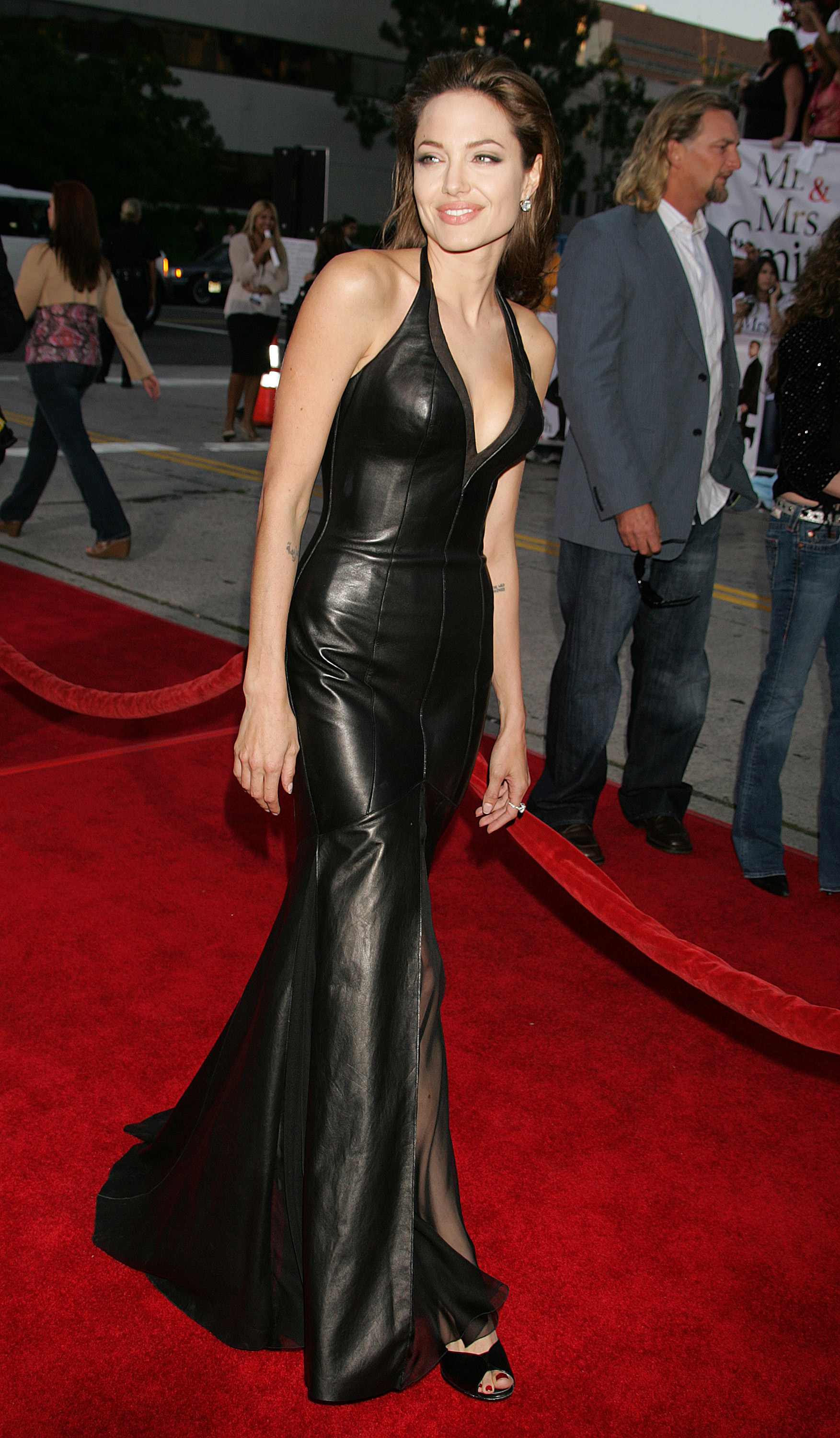
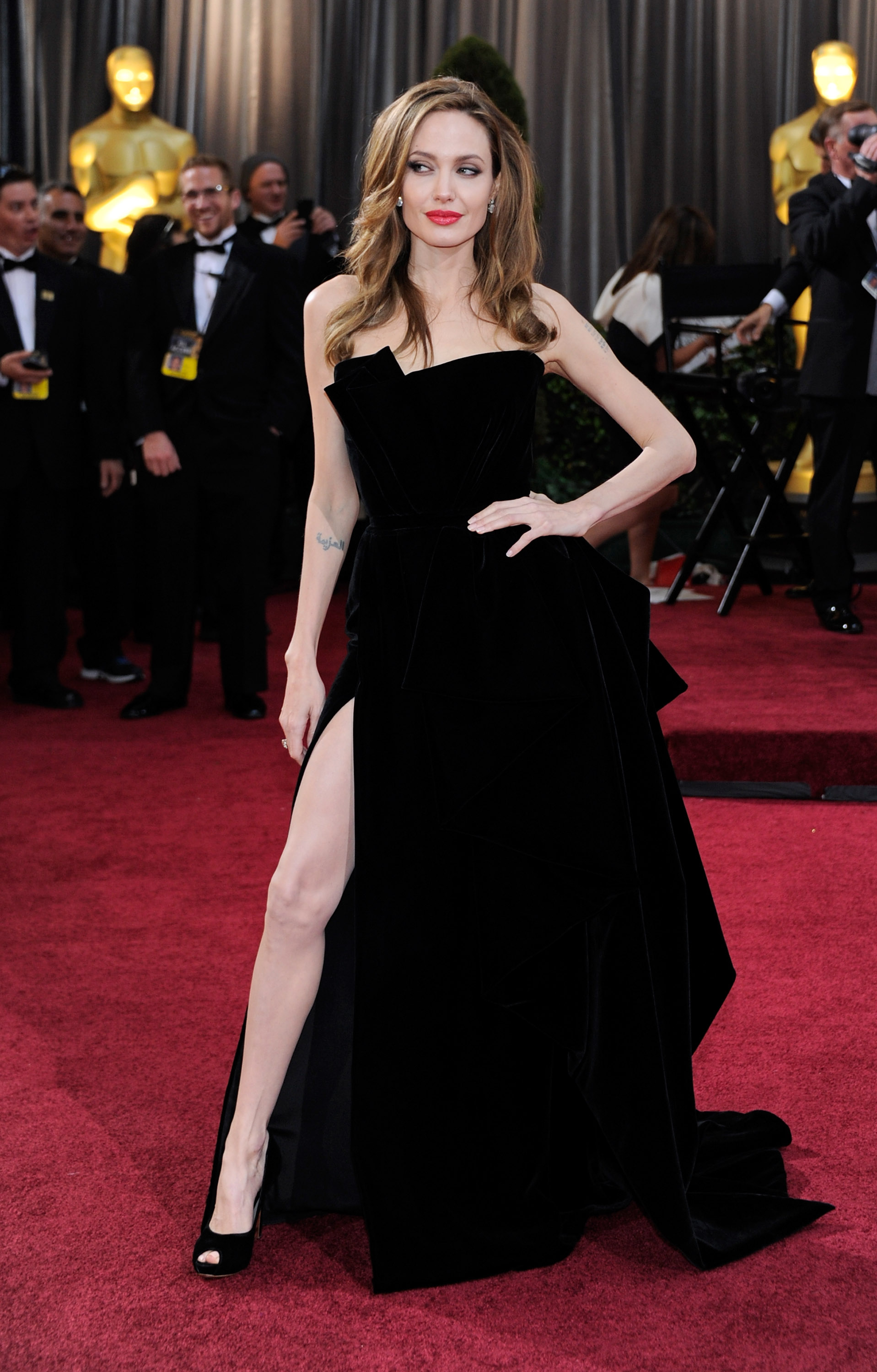
Shop The Look
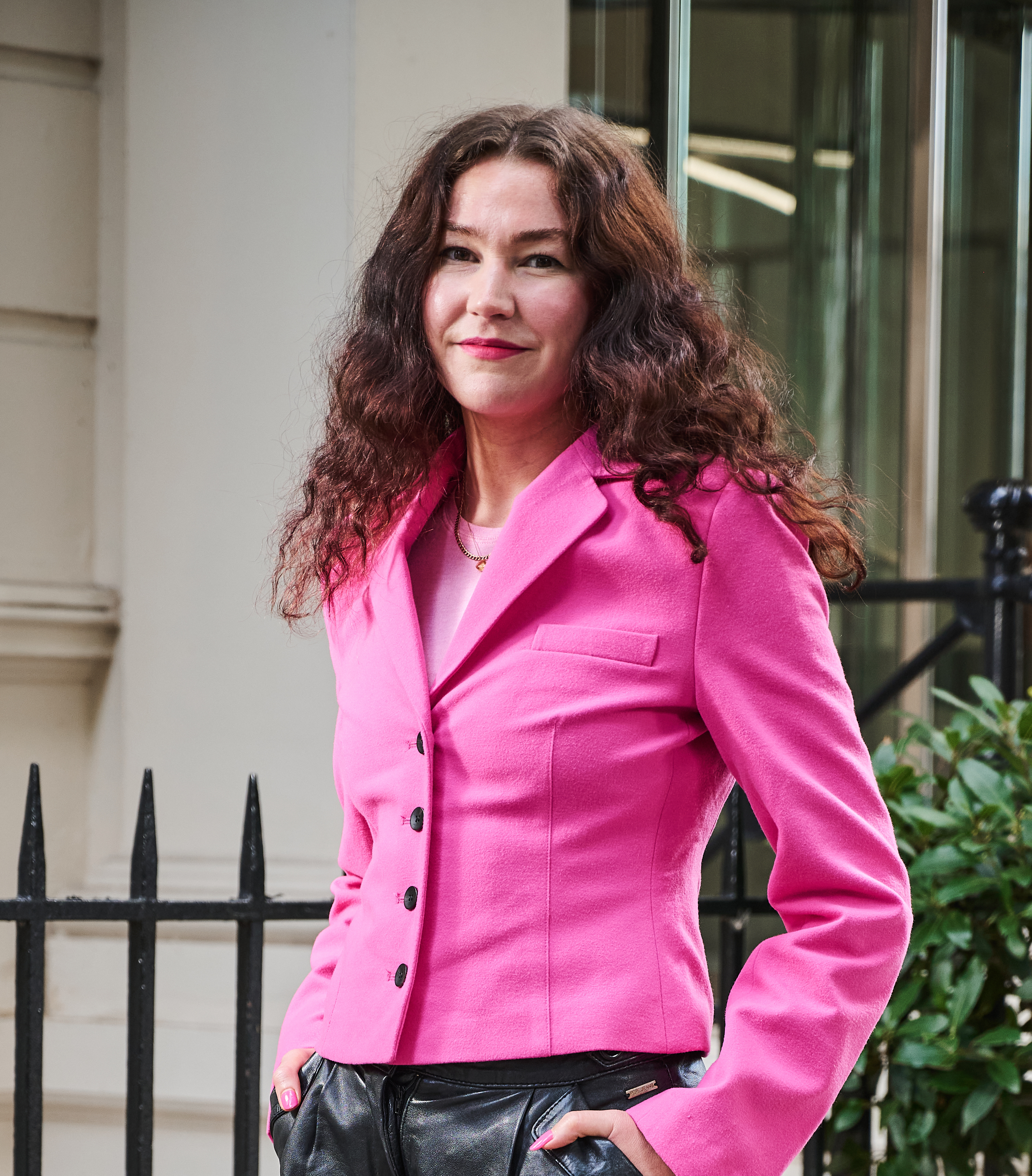
Mischa Anouk Smith is the News and Features Editor of Marie Claire UK.
From personal essays to purpose-driven stories, reported studies, and interviews with celebrities like Rosie Huntington-Whiteley and designers including Dries Van Noten, Mischa has been featured in publications such as Refinery29, Stylist and Dazed. Her work explores what it means to be a woman today and sits at the intersection of culture and style. In the spirit of eclecticism, she has also written about NFTs, mental health and the rise of AI bands.
